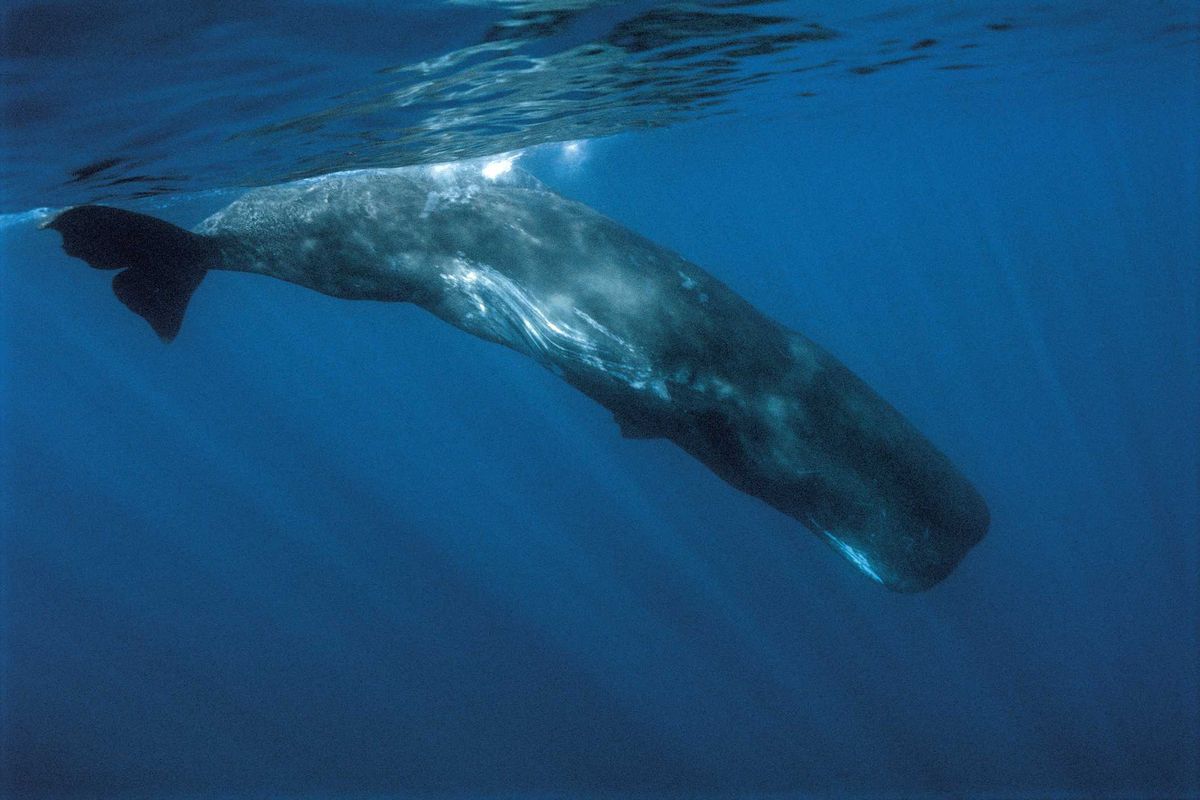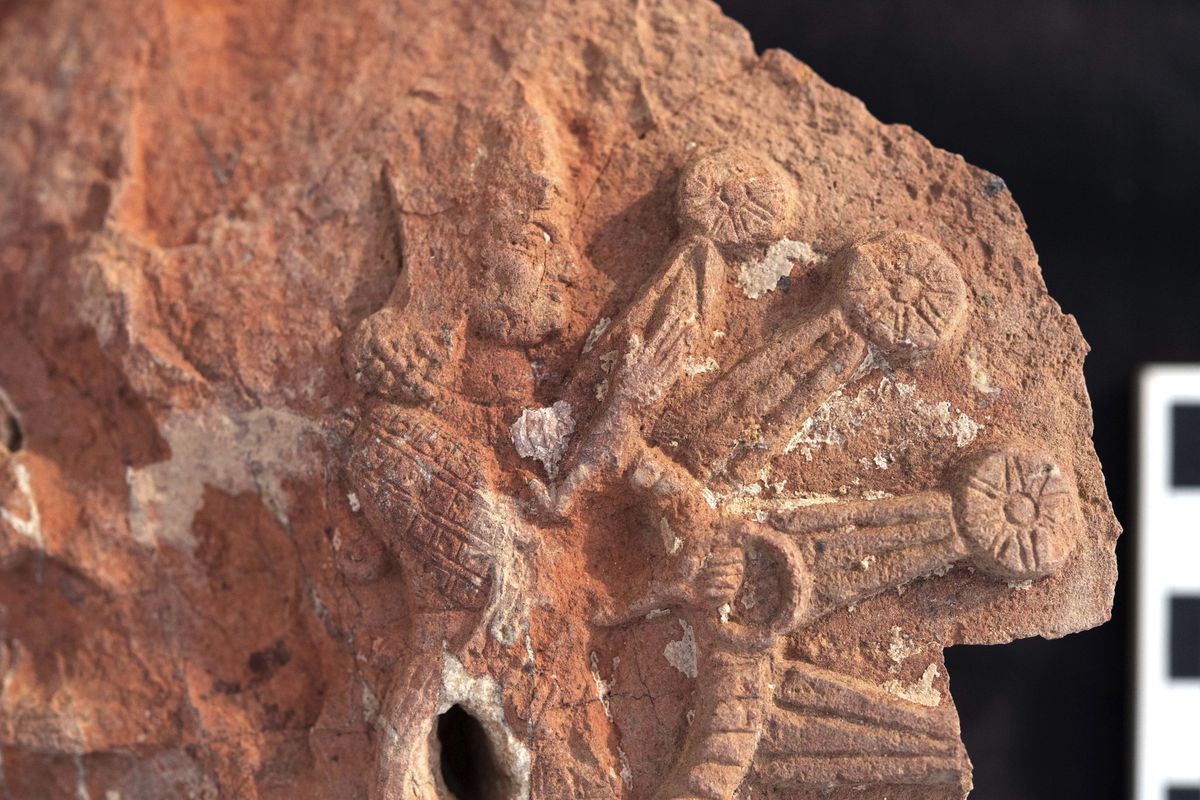Science & Tech
Becca Monaghan
Jun 23, 2025
Tabarin's Penguins & Icebergs: Drone Views of Antarctica
HoriZen / VideoElephant
Unexplainable signals are broadcasting out of Antarctica, and scientists are stumped.
NASA’s Antarctic Impulsive Transient Antenna (ANITA) – a series of instruments suspended from high-altitude balloons over Antarctica to detect radio waves produced by cosmic rays striking Earth’s atmosphere – first detected the strange radio signals between 2016 and 2018. International researchers, including scientists from Penn State, have described the phenomena as challenging "the current understanding of particle physics."
A newly published study in Physical Review Letters has analysed 15 years’ worth of cosmic data in an attempt to unravel the mystery – but the signals continue to defy conventional scientific explanation.
Stephanie Wissel, associate professor of physics, astronomy and astrophysics, explained how the initial radio waves were at steep angles, around 30 degrees below the surface of the ice.
"While the origin of these events is still unclear, our new study indicates that such events have not been seen by an experiment with a long exposure like the Pierre Auger Observatory. So, it does not indicate that there is new physics, but rather more information to add to the story," she shared.
She explained that, according to their calculations, the anomalous signal would have had to travel through thousands of kilometres of solid rock before reaching the detector – a journey that should have absorbed the radio waves entirely, rendering the signal undetectable.
“It’s an interesting problem because we still don't actually have an explanation for what those anomalies are, but what we do know is that they're most likely not representing neutrinos,” Wissel added.
Neutrinos are among the most abundant particles in the universe, yet also the most elusive. With no electric charge and an incredibly tiny mass, they stream through space from powerful sources such as the sun, supernovae, and even the early universe itself. Despite their constant presence, detecting them is a major scientific challenge, Wissel noted, due to their tendency to pass through matter almost entirely unnoticed.
“You have a billion neutrinos passing through your thumbnail at any moment, but neutrinos don't really interact. So, this is the double-edged sword problem," she explained in the press release. "If we detect them, it means they have travelled all this way without interacting with anything else. We could be detecting a neutrino coming from the edge of the observable universe.”
After cross-checking ANITA’s data with results from other neutrino observatories, the researchers became increasingly convinced that the signals didn’t match known neutrino behaviour — a finding that was as intriguing as it was puzzling.
"My guess is that some interesting radio propagation effect occurs near ice and also near the horizon that I don't fully understand, but we certainly explored several of those, and we haven't been able to find any of those yet either," Wissel suggested. "So, right now, it's one of these long-standing mysteries."
As ANITA nears two decades of operation, NASA and its partners are developing a next-generation balloon experiment called PUEO — a larger, more sensitive instrument designed to improve the detection of elusive particles like neutrinos.
"I'm excited that when we fly PUEO, we'll have better sensitivity. In principle, we should pick up more anomalies, and maybe we'll actually understand what they are. We also might detect neutrinos, which would in some ways be a lot more exciting," Wissel said.
You should also read...
- Mysterious holes discovered on the outside of the International Space Station
- 'Second hidden city' discovered 2,000 feet under Giza pyramids
Sign up to our free Indy100 weekly newsletter
How to join the indy100's free WhatsApp channel
Have your say in our news democracy. Click the upvote icon at the top of the page to help raise this article through the indy100 rankings.
Top 100
The Conversation (0)














